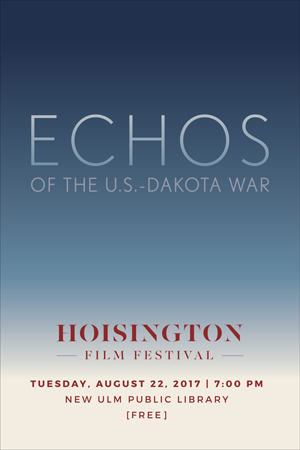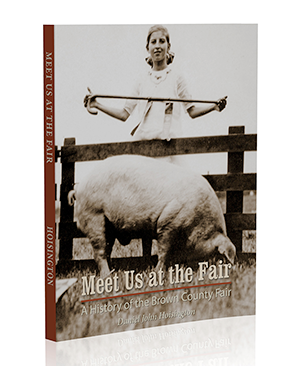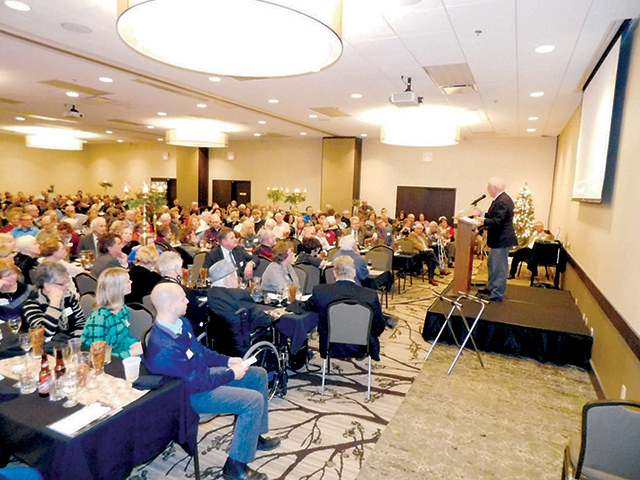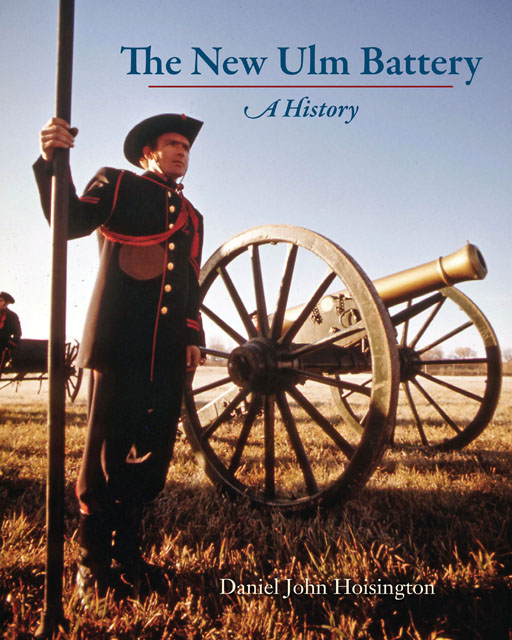
The American Association for State and Local History announced that the Brown County Historical Society exhibit, Loyalty and Dissent: Brown County and WWI, won a 2018 Leadership in History Award. This is the most prestigious recognition for achievement in the preservation and interpretation of state and local history. By publicly recognizing superior and innovative achievements, the Leadership in History Award winners serve as models and inspirations for others in the field. Nicholas Hoffman, AASLH National Awards Chair and Managing Director of Education and Visitor Experience at the Missouri Historical Society, said, “This year’s award winners demonstrate the power of relevancy, collaboration, experimentation, and a more inclusive history to challenge communities to think critically about the past and present.”
I am proud to have led the team that developed this exhibit. It took an institutional commitment to excellence to make it happen. Visit the Brown County Historical Society soon and also take in the third-floor exhibit, Never Shall I Forget: Brown County and the U.S.-Dakota War of 1862. I don’t believe any Minnesota historical museum actively features two AASLH-winning exhibits.









